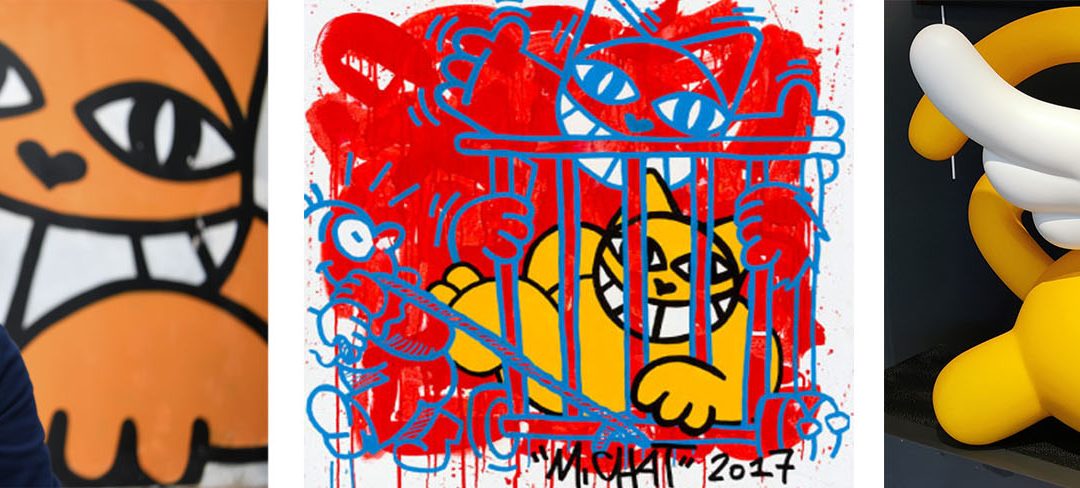
May 12, 2022
Mr. CHAT
Mr. CHAT ’s smile, which is reminiscent of Lewis Carroll’s enigmatic and fascinating grinning cat, probably partly explains the appeal to the public: Nora Monnet (Artistik Rezo) said: “A show of benevolence to the world, a poetic proposal open to the world.” With Mr. CHAT, Thoma Vuille (a.k.a. M. CHAT) aspires to remove the reluctance usually associated with the practice of street art and to share it through the prism of a local culture, even if it partially emancipates from the street.
In 2004, director Chris Marker dedicated a film to M. CHAT, produced by ARTE and screened at the Centre Pompidou that same year: Chats perchés. For the occasion, a huge painted M. CHAT came to decorate the facade of the Parisian public institution, and the newspaper Libération offered Thoma Vuille (a.k.a. M. CHAT) a carte blanche. Translated into many languages, the film was screened worldwide, notably in 2006 in England and the United States, leading to the expansion of the reputation of the Franco-Swiss street artist in its wake.
We now find the contagious smile of M. CHAT on the whole globe, from the streets of Rennes, Nantes and Paris to those of Germany, England, Italy, New York, Hong Kong, Seoul and Dakar. Recognized as a major figure of the European street art scene, Thoma Vuille (a.k.a. M. CHAT) is now assimilated both to the world of urban art and to less «marginalized» movements, like pop art.
In 2004, director Chris Marker dedicated a film to M. CHAT, produced by ARTE and screened at the Centre Pompidou that same year: Chats perchés. For the occasion, a huge painted M. CHAT came to decorate the facade of the Parisian public institution, and the newspaper Libération offered Thoma Vuille (a.k.a. M. CHAT) a carte blanche. Translated into many languages, the film was screened worldwide, notably in 2006 in England and the United States, leading to the expansion of the reputation of the Franco-Swiss street artist in its wake.
We now find the contagious smile of M. CHAT on the whole globe, from the streets of Rennes, Nantes and Paris to those of Germany, England, Italy, New York, Hong Kong, Seoul and Dakar. Recognized as a major figure of the European street art scene, Thoma Vuille (a.k.a. M. CHAT) is now assimilated both to the world of urban art and to less «marginalized» movements, like pop art.
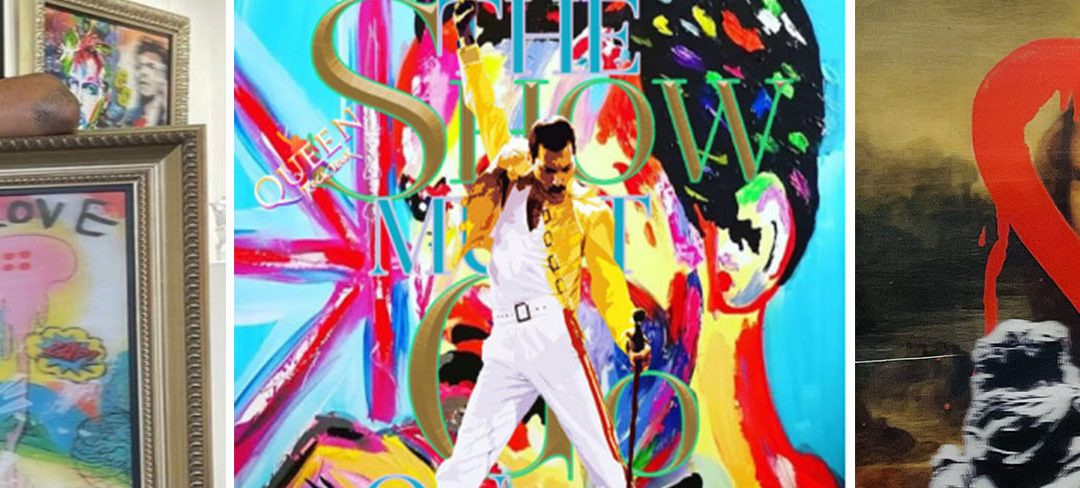
Dec 9, 2021
Zohar
Born in 1976 into a working class family, Zohar discovered his artistic talent while painting to escape from his harsh everyday reality. Due to the difficult economic situation, he worked in factories to help his family who were having financial problems. At night, he walked the streets and painted on the walls of the city of Tel Aviv. At first
1990s, his parents insisted that he take his life into his own hands and find a profession that would allow him to earn a decent living.
The dream of becoming an artist disappears and the rebellious little boy resigns himself to growing up and obtains an optical diploma to become an optician. This diploma allowed him to work with major designer eyewear brands.
After a serious health issue in 2016, Zohar realized he had to pursue his childhood dream of being an artist. He decides to open his own studio, in order to create his own vision of art: to create a new three-dimensional art never known before. A new kind of 3D kinetic art. Inspired by Pop Art pioneers like Andy Warhol, Roy Lichtenstein and Keith Haring.
Zohar creates colorful and fun artwork that includes iconic symbols and elements from the
popular art culture, cartoons and characters that influence our lives today. Using intricate materials and techniques, he creates a unique optical 3D effect of depth and movement, creating wonder and spectacle from every angle.
After a serious health issue in 2016, Zohar realized he had to pursue his childhood dream of being an artist. He decides to open his own studio, in order to create his own vision of art: to create a new three-dimensional art never known before. A new kind of 3D kinetic art. Inspired by Pop Art pioneers like Andy Warhol, Roy Lichtenstein and Keith Haring.
Zohar creates colorful and fun artwork that includes iconic symbols and elements from the
popular art culture, cartoons and characters that influence our lives today. Using intricate materials and techniques, he creates a unique optical 3D effect of depth and movement, creating wonder and spectacle from every angle.
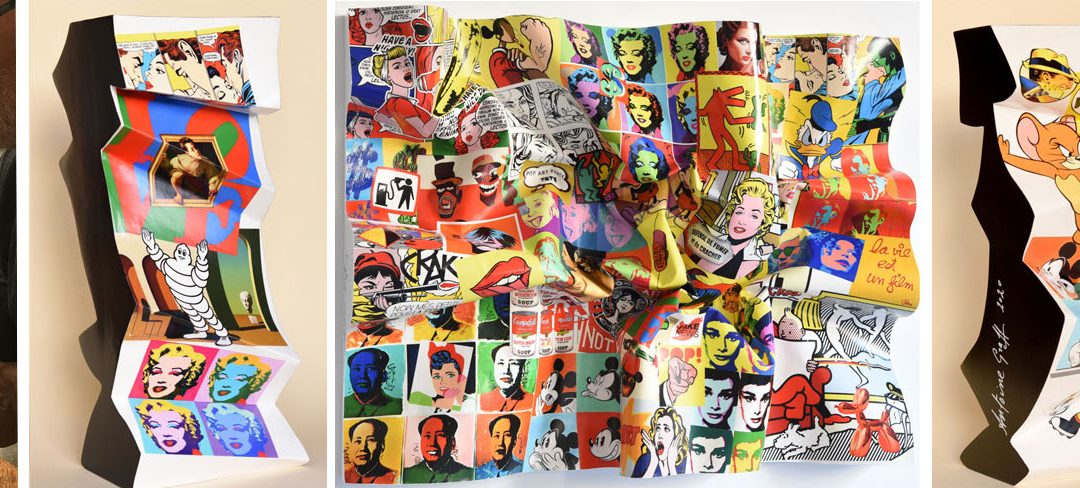
Oct 28, 2021
ANTOINE GRAFF
Antoine Graff’s destiny was not “folded” from the start. Of course, born a painter’s son and grandson of a blacksmith, it was inevitable that the arts would have an effect on him. Not to mention he has a surname which sounds like a pseudonym! Yet his career panned out a bit differently, between colouring, adventuring, and paper folding.
Antoine Graff started to paint at the age of 8. At 14, the age when adolescents typically begin their teenage crises, he received his first commission! In 1954, he left his native Alsace and started studying fine arts in Paris, but primarily cut classes. His instinct encouraged him to visit the studios of artists Zadkine and Lhote. Zadkine, a sculptor, liked the feet of Graff’s statues. The painter Lhote considered him to be an excellent illustrator, once he abandoned Delacroix! Graff was trained by these two masters, and good ones at that! Surely an umpteenth tomfoolery.
His real adolescent crisis came at the age of 26, as he thought he was no longer “skilled.” It was a period of emptiness, when the homo habilis engaged in a fiery war against himself. Yet the biggest paradox is that this time allowed him to produce his work, supported by these his two gallery owners art dealers. However, nothing came of it.
He created a prestigious business of window displays for pharmacies that would make any seasoned businessman envious. The patent that he filed brought him 11 thousand pharmacy clients on a plate! But the homo habilis was not content with window displays. Instead, Graff took up print advertising. His expertise soon attracted artists. Télémaque, Arman, César, and Villeglé all lined up in his new back room to have their original prints produced. His business gradually evolved from printing to art publishing. He acknowledged it not nostalgically, but with an assertively humorous sense of perspective. His wealth grew, he travelled, and money was easy. Then came the ultimate stroke of genius: he was given the luxury of creating the gallery La Main Blue in Strasbourg, where he held exhibitions for Alechinsky, Bram van Velde and even Télémaque. For five years, he had his ideal project; tinkering in art.
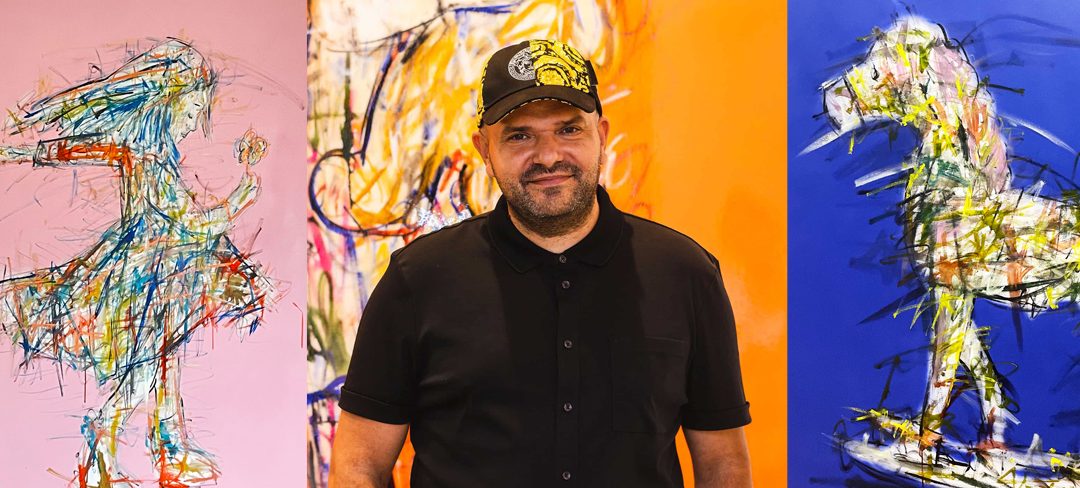
Oct 16, 2021
KiKo, alias Manuel Fernandez, est un artiste français né en 1985 à coté de Marseille.
KiKo a le goût du dessin et de la peinture depuis toujours et ses professeurs diront de lui qu’il dessine comme il respire ! L’art n’étant pas un sujet dans cette famille de marins qui a d’abord la passion de la mer et de la pêche.
KiKo rejoint donc le thonier familial, laissant ses toiles pour des filets de pêche.
De cette vie rude de marins où la mer vous rappelle sans cesse à l’ordre, il se construit un univers imaginaire où l’enfance qui y suspend son vol lui inspirera toute son œuvre. Il ne cessera jamais de dessiner.
Quand il décide de se consacrer entièrement à sa passion de l’art, il choisit symboliquement « KiKo », son surnom d’enfant, comme nom d’artiste.
Son univers est une palette de toutes les réminiscences de l’enfance. Aux côtés de l’ourson en peluche et de Charlie Chaplin, les “Mômes de KiKo”
jouent sur sa toile. Tour à tour, espiègles, insouciants, boudeurs, mélancoliques ou tristes, ces petits voyageurs de l’enfance portent dans leur
baluchon, les joies, les blessures et les secrets de la vie.
Certainement le plus expressionniste des Pop/Street artistes, KiKo travaille le dessin au fusain puis aux encres de Chine sur des fonds lisses et brillants,
colorés et puissants. Sa technique conforte un ADN artistique reconnaissable au premier coup d’oeil.
« Ma quête artistique est de créer l’émotion qui va réveiller l’enfant enfoui dans chacun de nous. » KIKO
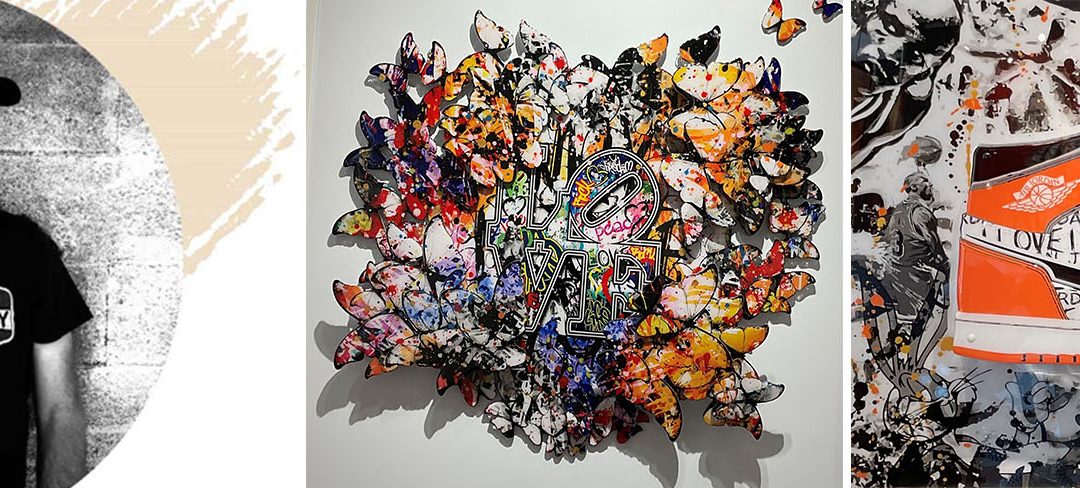
Dec 22, 2020
Fred Meurice
Trained in graphic arts, Fred Meurice began his career in the world of graphic design and advertising before extending his practice to plastic and pictorial creation.
Working with wood, aluminum, resin or even plexiglass, the artist enhances each of his supports with numerous touches of acrylic paint.
Fred draws his inspiration from the wide range of visual codes and cultural references offered by our modern society to create clever paintings, resolutely pop and colorful.
Trained in graphic arts, Fred began his career in the world of graphic design and advertising before extending his practice to plastic and pictorial creation.
Working with wood, aluminum, resin or even plexiglass, the artist enhances each of his supports with numerous touches of acrylic paint.
Fred draws his inspiration from the wide range of visual codes and cultural references offered by our modern society to create clever paintings, resolutely pop and colorful.
Trained in graphic arts, Fred began his career in the world of graphic design and advertising before extending his practice to plastic and pictorial creation.
Working with wood, aluminum, resin or even plexiglass, the artist enhances each of his supports with numerous touches of acrylic paint.
Fred draws his inspiration from the wide range of visual codes and cultural references offered by our modern society to create clever paintings, resolutely pop and colorful.
Trained in graphic arts, Fred began his career in the world of graphic design and advertising before extending his practice to plastic and pictorial creation.
Working with wood, aluminum, resin or even plexiglass, the artist enhances each of his supports with numerous touches of acrylic paint.
Fred draws his inspiration from the wide range of visual codes and cultural references offered by our modern society to create clever paintings, resolutely pop and colorful.
Trained in graphic arts, Fred began his career in the world of graphic design and advertising before extending his practice to plastic and pictorial creation.
Working with wood, aluminum, resin or even plexiglass, the artist enhances each of his supports with numerous touches of acrylic paint.
Fred draws his inspiration from the wide range of visual codes and cultural references offered by our modern society to create clever paintings, resolutely pop and colorful.
Page 4 of 11« First«...23456...10...»Last »







